Creatine monohydrate ranks among the most researched and effective supplements for boosting strength, muscle growth, power, and even brain function. Despite solid evidence supporting its benefits, myths about side effects often cause hesitation.
This guide cuts through the noise with clear facts, helping you understand creatine’s real impact and use it confidently for better performance.
If you’re an athlete chasing gains or someone focused on maintaining muscle and mental sharpness as you age, knowing the true safety profile of creatine matters. Let’s break down the science, dispel common fears, and show you how to make the most of this proven supplement.
Explore Bucked Up’s creatine lineup to support your mental and physical performance goals.
Why Creatine Monohydrate Boosts Performance
Creatine monohydrate helps your body produce adenosine triphosphate (ATP), the key energy source for muscles during intense efforts. This directly improves strength, power, muscle growth, and recovery. It also supports brain function by crossing the blood-brain barrier, aiding memory and focus.
Backed by over 1,000 studies, creatine stands out for its proven safety and effectiveness across all ages, from athletes to seniors. Major sports nutrition groups worldwide recognize it as a reliable option for enhancing performance.
Beyond workouts, creatine helps preserve muscle as you age, speeds recovery after tough sessions, and may protect brain health. Knowing its safety lets you tap into these benefits without doubt.
How Safe Is Creatine Monohydrate? The Science Says Yes
Extensive research confirms creatine’s safety for healthy individuals when used as directed. Studies over short and long terms, some spanning five years, show minimal risks with proper use.
Respected sports nutrition bodies back creatine as safe for adults. Data from thousands of participants highlight its consistent safety record, with rare and mild issues.
Online rumors and gym talk often fuel fears, but peer-reviewed studies paint a different picture. Relying on evidence over anecdotes helps clarify creatine’s true profile.
If you have kidney issues, consult a doctor first. For most healthy people, though, following dosing guidelines keeps risks low.
Real Side Effects of Creatine Monohydrate: What You’ll Notice
Creatine’s side effects are few, predictable, and usually easy to handle. Knowing what to expect separates normal reactions from rare concerns.
Weight Gain: A Beneficial Effect
Weight gain, often 1-3 pounds in the first week, comes from water retention in muscles. This added water supports muscle function and recovery, not fat gain.
This happens because creatine pulls water into muscle cells, improving hydration and giving muscles a fuller look. It’s a sign the supplement is working, not a problem.
If scale weight worries you, remember this gain stabilizes after a few weeks. The performance boost it brings outweighs temporary changes in body weight.
Mild Digestive Upset: Manageable for Most
Some users notice mild stomach discomfort or nausea, especially early on. Drinking more water or lowering the dose often resolves these issues.
High doses, like 20-25 grams daily during a loading phase, can increase discomfort. A steady 3-5 grams daily tends to be easier on the stomach.
To reduce upset, take creatine with food or split doses across the day. Staying hydrated also helps digestion and overall tolerance.
If sensitivity persists, consider creatine HCl, a form with better solubility that often requires smaller amounts for the same effect.
Other Temporary Effects: Rare and Short-Lived
A few users report brief effects like a faster heart rate, slight shakiness, or minor sleep changes. These typically fade within 1-2 weeks as the body adjusts.
Most of these reactions stem from individual differences, not creatine itself. Timing doses away from bedtime can help with sleep, though creatine isn’t a stimulant.
If these effects linger, tweak your dose or timing. Persistent issues warrant a chat with a healthcare provider to rule out other causes.
Clearing Up Common Creatine Myths
Misconceptions about creatine often stop people from trying it. Let’s set the record straight with evidence over rumors.
|
Myth |
Fact |
Evidence Strength |
|
Damages kidneys/liver |
No harm to kidney or liver function in healthy users, even long-term. |
Strong |
|
Causes dehydration/cramps |
Strong |
|
|
Is a steroid |
A natural compound, not a steroid or hormonal drug. |
Definitive |
|
Leads to hair loss |
Limited |
Myth: Creatine Harms Kidneys or Liver
Fears of organ damage persist, but they’re unfounded for healthy users. Long-term studies show no negative effects on kidney or liver health.
The myth comes from confusion with creatinine, a by-product measured in kidney tests. Elevated levels of creatine are normal, not harmful, and doctors aware of supplementation know this.
If you have existing kidney issues, talk to a doctor before starting. For everyone else, research across diverse groups confirms safety over years of use.
Myth: Creatine Causes Dehydration or Cramps
Contrary to rumors, creatine doesn’t dry you out or cause cramps. It aids hydration by holding water in muscles, potentially reducing cramp risk.
Studies show no higher rates of dehydration or cramps in creatine users versus non-users. Staying hydrated while using it maximizes these hydration benefits.
Myth: Creatine Equals Steroids
Creatine isn’t a steroid. It’s a natural compound your body makes from amino acids, unlike steroids, which alter hormones. Creatine simply boosts energy for muscles during intense activity.
Its legal status in all sports and recognition as a dietary supplement clarify its distinction from banned substances. This makes it a trusted choice for athletes.
Myth: Creatine Triggers Hair Loss
No clear link exists between creatine and hair loss. One small study hinted at hormone changes, but follow-ups haven’t confirmed hair loss as a result.
Even if hormones shift slightly, they stay within normal ranges. If hair loss is a concern due to genetics, current data doesn’t justify avoiding creatine.
Myth: Creatine and Alcohol Don’t Mix
Alcohol alone can hinder recovery, but creatine doesn’t worsen its effects. No human studies show added risks from combining the two.
Animal studies raising concerns used extreme doses, not typical for humans. Moderate alcohol with creatine appears safe, though heavy drinking harms performance regardless.
How to Minimize Creatine Side Effects
Creatine’s safety is strong, but smart habits cut down even minor risks while boosting results. Here’s how to use it effectively.
Stick to Proper Dosing
A daily dose of 3-5 grams works best for most, keeping muscle levels high without stomach issues. Skip heavy loading phases of 20-25 grams if you’re sensitive; build up slowly over weeks instead.
Consistency matters more than exact timing. Daily intake, even on rest days, maintains benefits without overloading your system.
Stay Hydrated for Best Results
Drink plenty of water, aiming for 80-100 ounces daily, to support creatine’s effects. Hydration helps with uptake and prevents discomfort.
Check your urine color; pale yellow means you’re on track, while darker shades signal a need for more fluids.
Time Doses for Comfort
Take creatine with meals or split it into smaller doses to ease digestion. This avoids stomach upset by slowing absorption.
Pairing it with carbs, like juice or a snack, may improve uptake. Focus on what fits your routine since daily use trumps specific timing.
Pick High-Quality Creatine
Bucked Up offers micronized creatine monohydrate for better solubility and less digestive stress. Their products hit 99.8% purity, cutting risks from impurities.
For bloating concerns, options like creatine HCl in Babe Creatine or capsules may suit you better with smaller doses. NSF and GMP certifications ensure safety for all users.
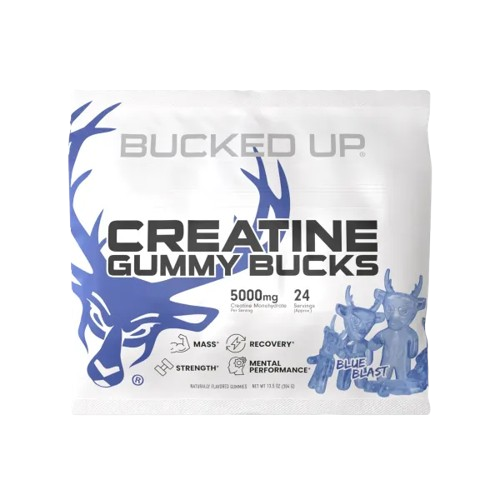
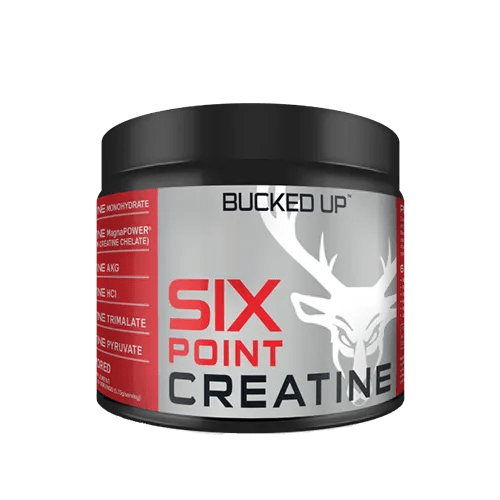


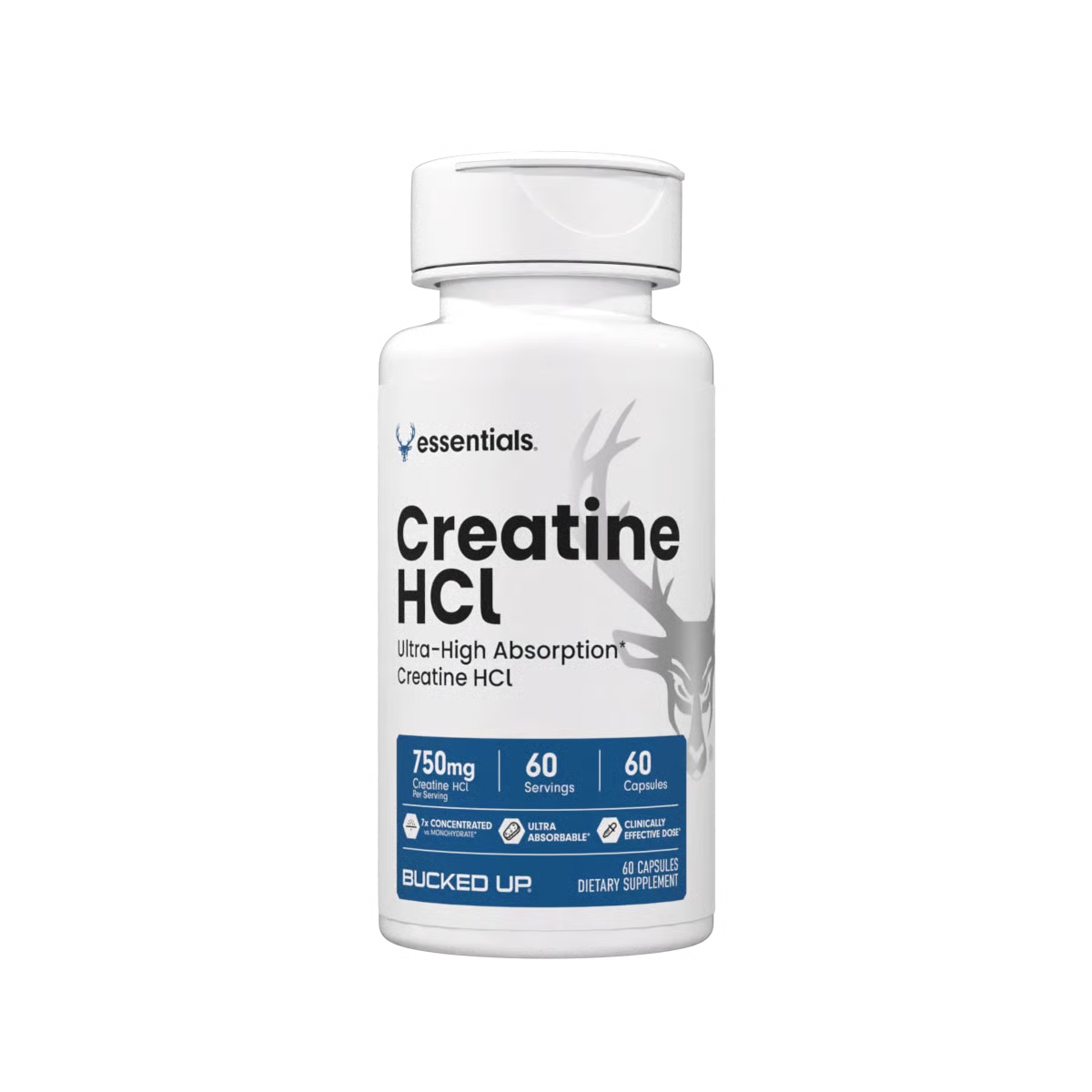
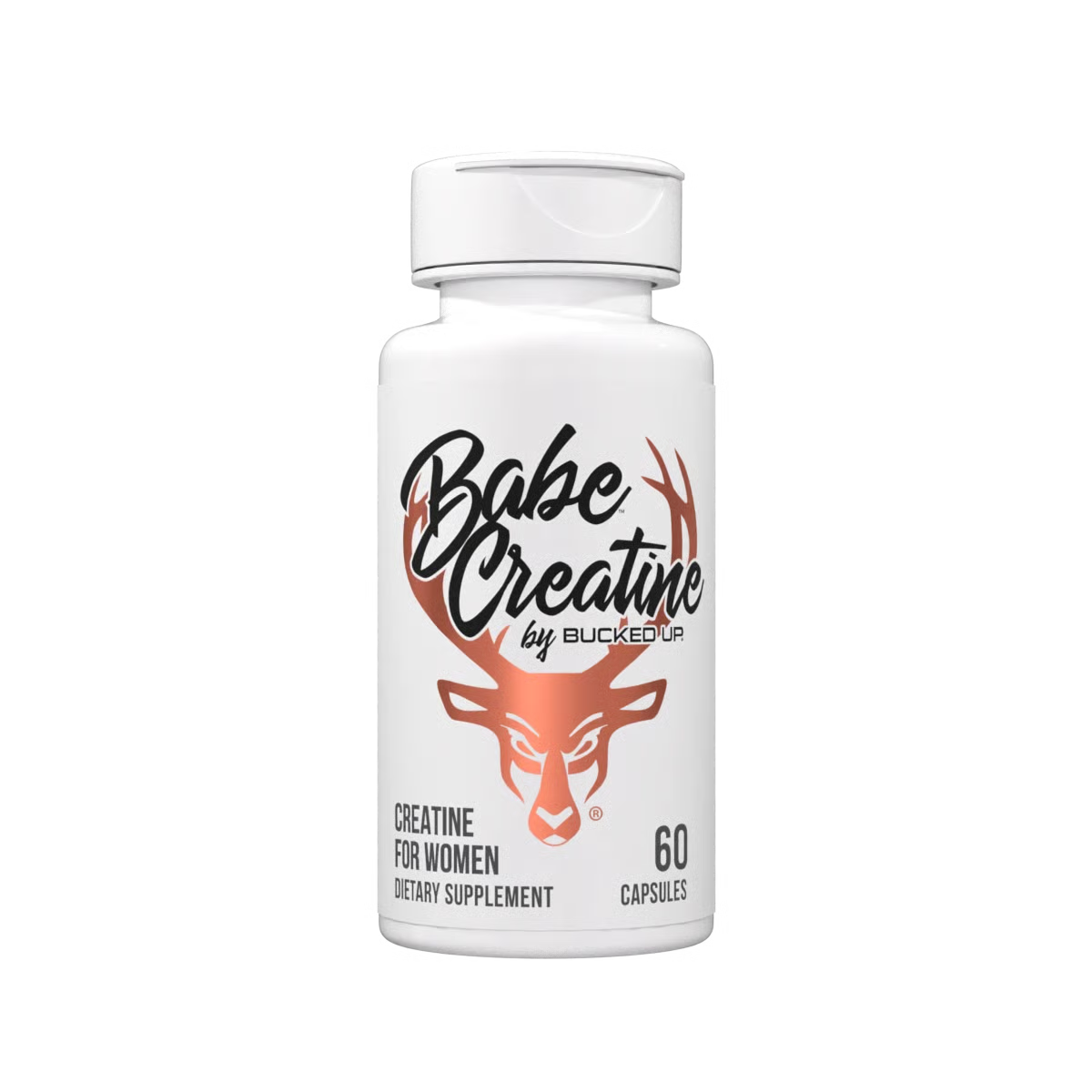
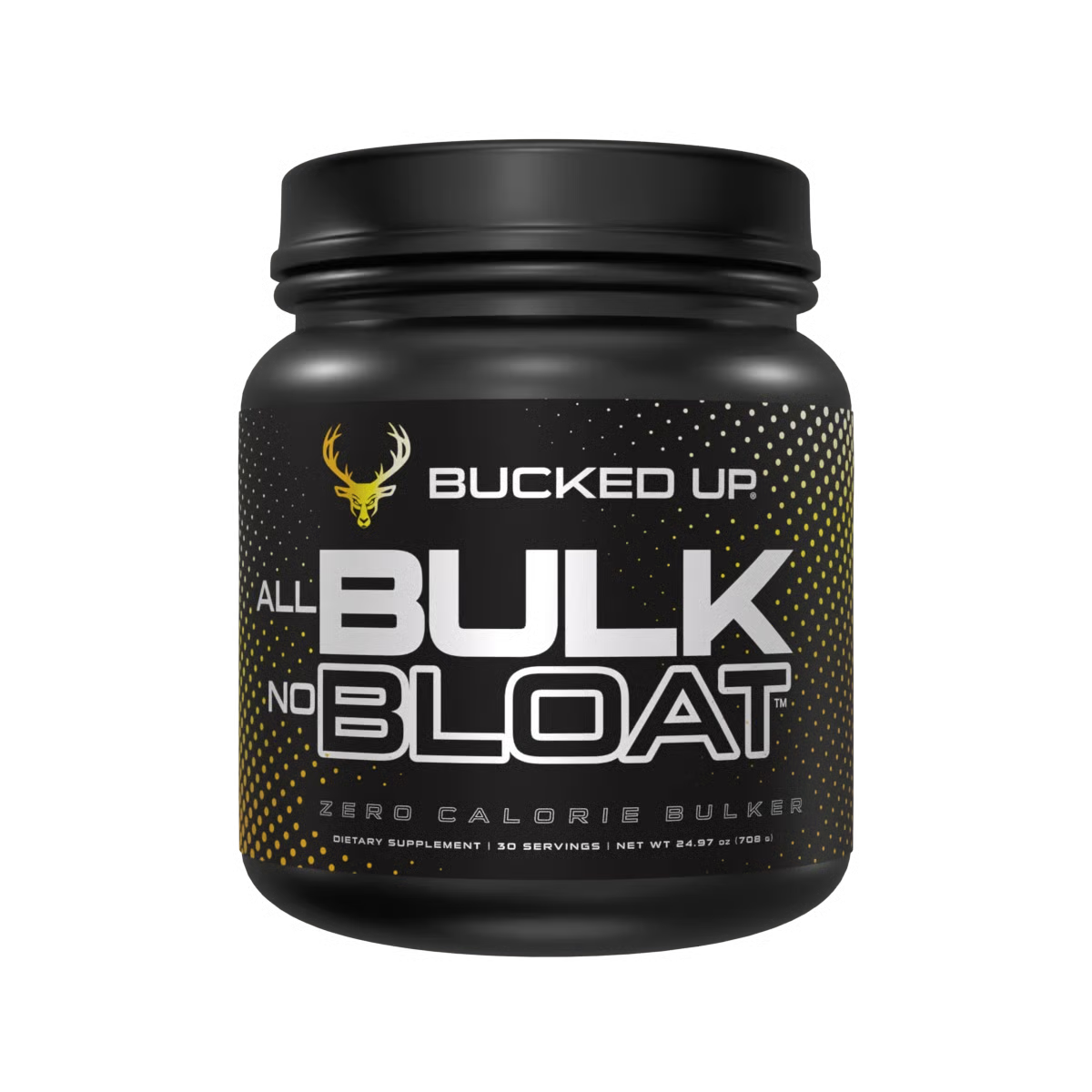
Know When to Ask a Professional
If you have kidney conditions, check with a doctor before using creatine. Altered kidney function may affect how it’s processed.
Athletes under testing should choose certified products like Bucked Up’s NSF Sport options to avoid banned substance risks. Persistent side effects or medication concerns also call for expert advice.
Ready to start with creatine? Browse Bucked Up’s products for a tailored match.
Creatine Benefits for Different Users
Creatine works for various goals, from athletic performance to general health. Tailoring its use to your needs maximizes results.
For Athletes Chasing Peak Performance
Expect a 1-3 pound weight gain from water in muscles, not fat. This boosts power and recovery, vital for training and competition.
If you’re in a weight-class sport, plan for this shift early. Daily doses, even on off days, keep muscle levels optimal for consistent gains.
For Health-Minded Individuals
Creatine helps maintain muscle and brain health over time. Women, with lower natural stores, may see notable benefits from supplementing.
Its safety over years of use fits long-term wellness plans. Weight gain is just hydration in muscles, not fat, so adjust expectations accordingly.
For Men and Women: Similar Effects
Both genders see the same side effects, mainly water retention and rare digestive upset. Women may gain more due to lower starting levels, but risks don’t differ.
Options like Babe Creatine offer creatine HCl for less noticeable water retention if aesthetics matter. Dosing stays the same regardless of gender.
Common Questions on Creatine Side Effects
Does Everyone Get Bloated from Creatine?
Not at all. Water retention happens in muscles, not the stomach, so bloating isn’t common. If it occurs, lower your dose, take it with food, or try creatine HCl for better tolerance.
Is Long-Term Creatine Use Safe?
Yes, studies over years confirm safety for healthy adults. No damage to organs shows up in research. Stick to recommended doses and stay hydrated for best results.
Can I Use Creatine with a Sensitive Stomach?
Absolutely, with adjustments. Start low, increase slowly, and take it with meals. Forms like creatine HCl or gummies from Bucked Up might digest more easily for you.
Do Side Effects Differ by Gender?
No, men and women face the same effects, like slight weight gain from water in muscles. Benefits may stand out more for women due to lower baseline levels, but safety remains equal.
What If I Notice Side Effects?
First, check your dose, timing, and water intake. Drop to 3 grams daily, split doses, or pair with food. If issues don’t fade, switch forms or consult a doctor for other causes.
Ready for creatine’s benefits? Explore Bucked Up’s options to match your needs.
Conclusion: Power Up with Bucked Up Creatine
Science backs creatine monohydrate as safe and effective for most healthy people. Side effects, like minor water retention or rare stomach upset, are easy to manage and pale compared to the gains in strength, recovery, and focus.
Most fears come from myths, not facts. Knowing creatine’s real impact helps you use it without worry. Proper dosing, hydration, and quality products keep risks minimal.
Whether you’re pushing limits in the gym or supporting health as you age, creatine delivers proven results. Bucked Up offers pure formulas, from powders to gummies, all made with strict quality standards.
Discover Bucked Up’s creatine range to fuel your mental and physical performance.

